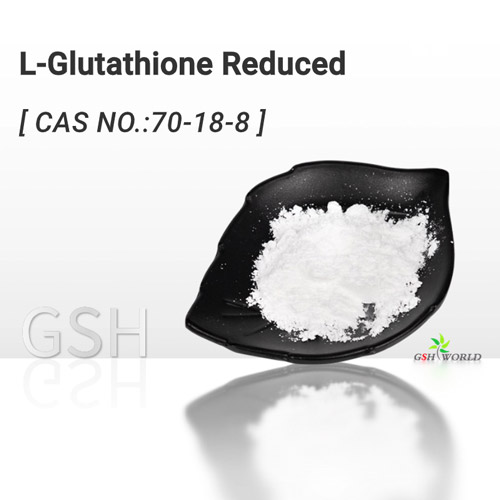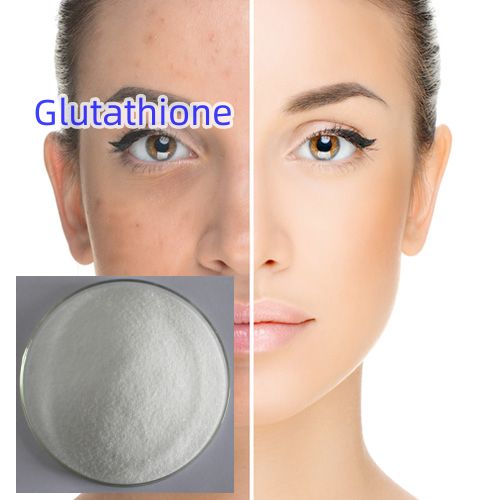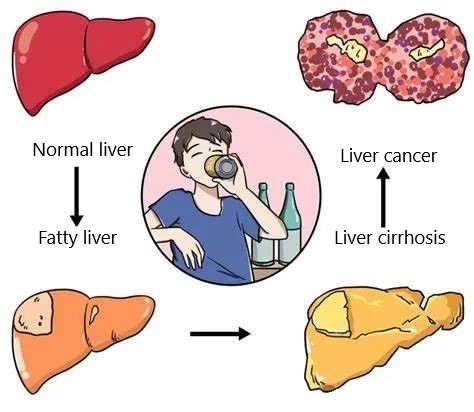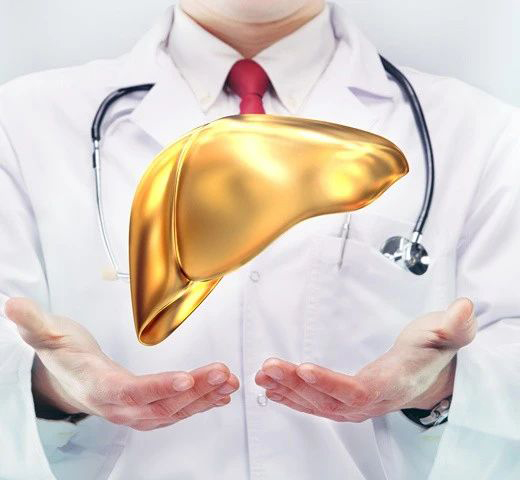Glutathione is a substance that the human body is born with, and the amount is highest in the body during infancy and young children, and decreases with age.
Glutathione is composed of glutamic acid, cysteine and glycine, containing sulfhydryl tripeptide, referred to as GSH.
Glutathione can be reduced (G-SH) and oxidized (G-S-S-G) in two forms, and the reduced glutathione is the majority under physiological conditions.
Glutathione reductase catalyzes the reaction of oxidized glutathione into reduced glutathione.
The effects of glutathione include:
- Antioxidant
- broad spectrum detoxification
- Support energy metabolism
First, antioxidant effect
Glutathione is through sulfhydryl group and free radical combination, thereby accelerating free radical excretion, glutathione as an important antioxidant in the body, can remove free radicals in the human body.
Because GSH itself is susceptible to oxidation by some substances, it can protect the sulfhydryl groups in many proteins and enzymes in the body from oxidation by harmful substances, so as to ensure the normal physiological functions of proteins and enzymes.
Glutathione and lipoic acid combined with free radicals through sulfhydryl structure, thus accelerating the excretion of free radicals, and the effect better with VC and VE.
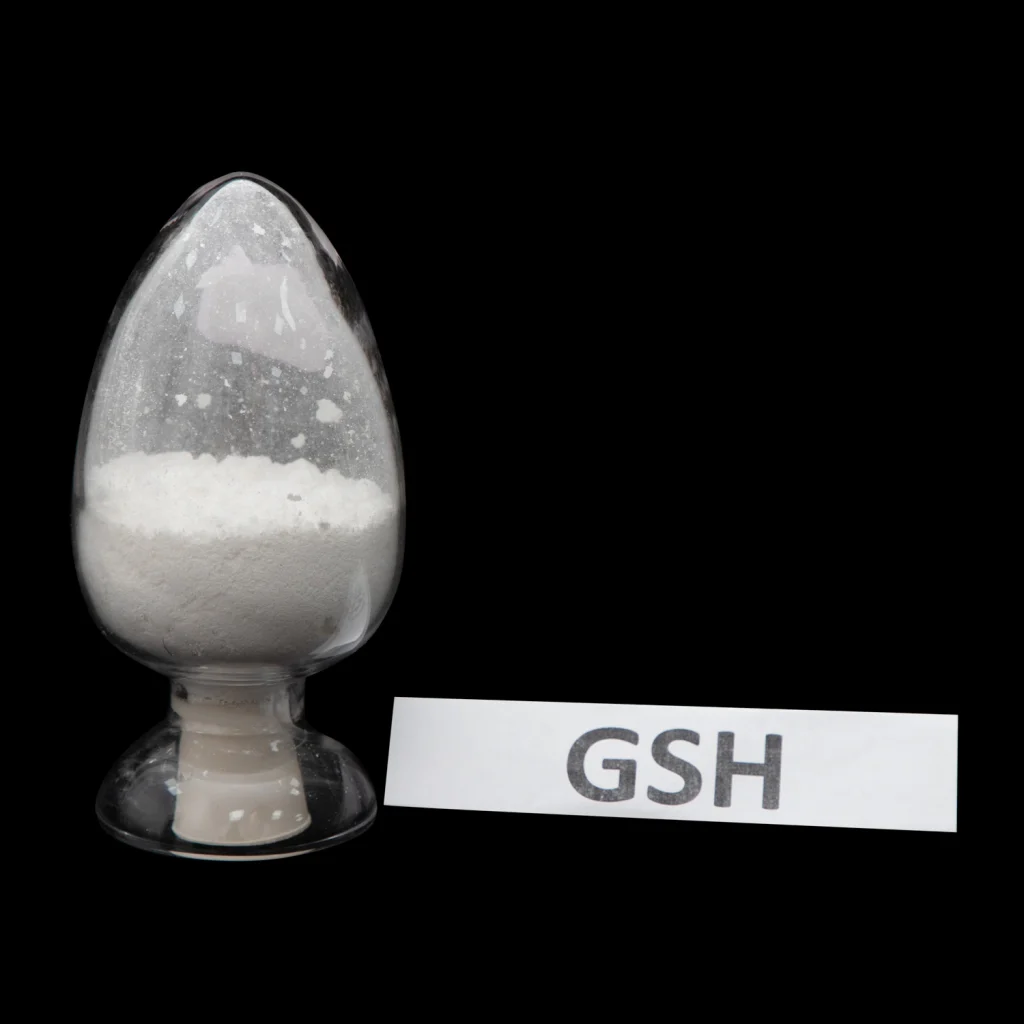
The relationship between antioxidant and whitening
- When melanocytes sense free radicals, they accelerate the production of melanin.
- When collagen is exposed to free radicals, it turns yellow and brittle;
- When the immune system senses free radicals, it releases inflammatory cytokines.
Therefore, excessive free radicals can cause skin dullness, color spots, saltiness, sensitivity and other problems.
Glutathione’s significant antioxidant effect can be a good way to remove free radicals, which can solve these problems and make the skin whitening, light spots, brightening, anti-wrinkle and so on.
The relationship between antioxidant and immunity
GSH has the function of promoting T cell activation, proliferation and differentiation, and plays an important role in maintaining T cell immunity.
Mitochondria in T cells will produce oxidizing free radical ROS, and appropriate ROS can stimulate T cell activation and proliferation, and promote the metabolic transformation of T cells, so that it can produce faster and metabolic energy to adapt to the raw materials required for rapid cell proliferation.
However, excessive ROS can cause damage to the cell, so the cell simultaneously begins to produce reducing glutathione to balance the production of oxidizing free radical ROS.
two, Broad spectrum detoxification
The sulfhydryl group on GSH can combine with toxic compounds, heavy metal ions or carcinogens that enter the human body, and promote their discharge from the body to play a neutralizing and detoxification role.
Although glutathione is present in every cell, the concentration in liver cells is 7 to 10 times higher than elsewhere.
The first stage of liver detoxification to change the toxic substances into more toxic intermediates, and the second stage to change the intermediates into non-toxic water-soluble substances that excreted through the urine.
Glutathione acts in the second stage, speeding up the metabolism of toxic substances.
GSH can also inhibit the fatty liver caused by ethanol, and reduced glutathione used as an important drug component in liver protection.
The homeostasis of glutathione in hepatocytes not only accelerates the oxidation of reactive oxygen species to proteins, DNA and lipids, but also influences the metabolism of intermediate products, hepatocyte survival and proliferation.
Liver protection and detoxification can used in combination with silymarin, which promotes the repair of liver cells.
Three, Support energy metabolism
As an important metabolic substance in cells, GSH is not only a cogroup of glyceraldehyde-phosphate dehydrogenase, but also a coenzyme of glyoxalase and triose dehydrogenase. It participates in the tricarboxylic acid cycle and sugar metabolism in vivo, and can activate a variety of enzymes to promote the metabolism of sugars, fats and proteins.
When mitochondria produce energy, they also produce many free radicals, which, if not eliminated in time, will also cause damage to mitochondrial function, thereby affecting energy metabolism.
Therefore, the characteristics of GSH to remove free radicals also have the function of protecting mitochondria and protecting energy metabolism.


